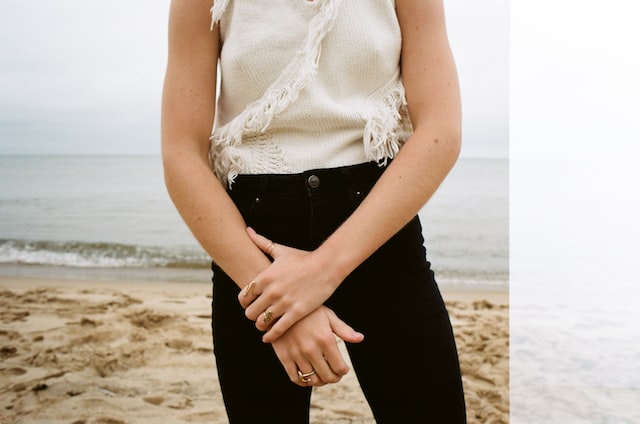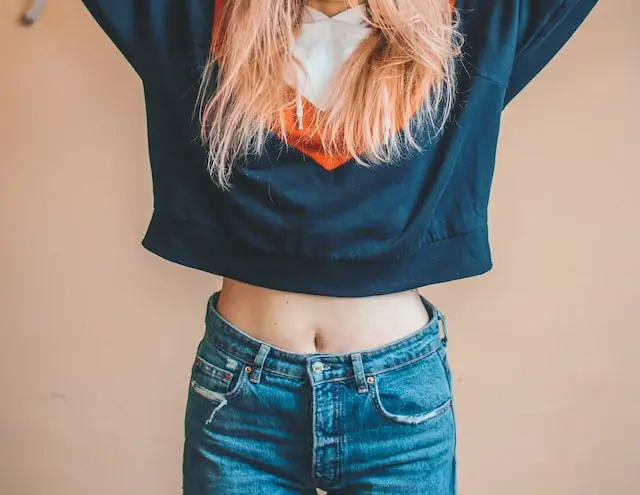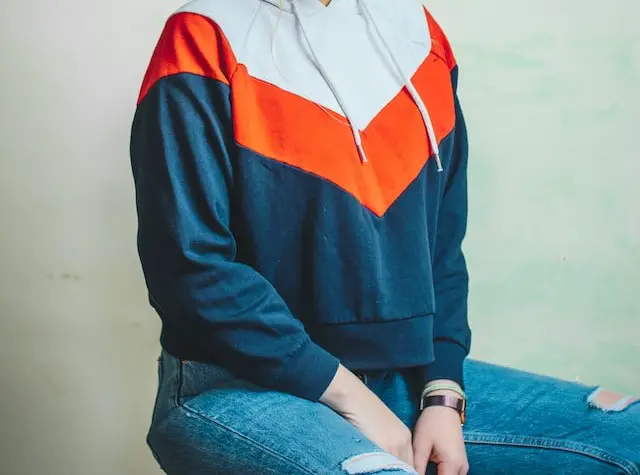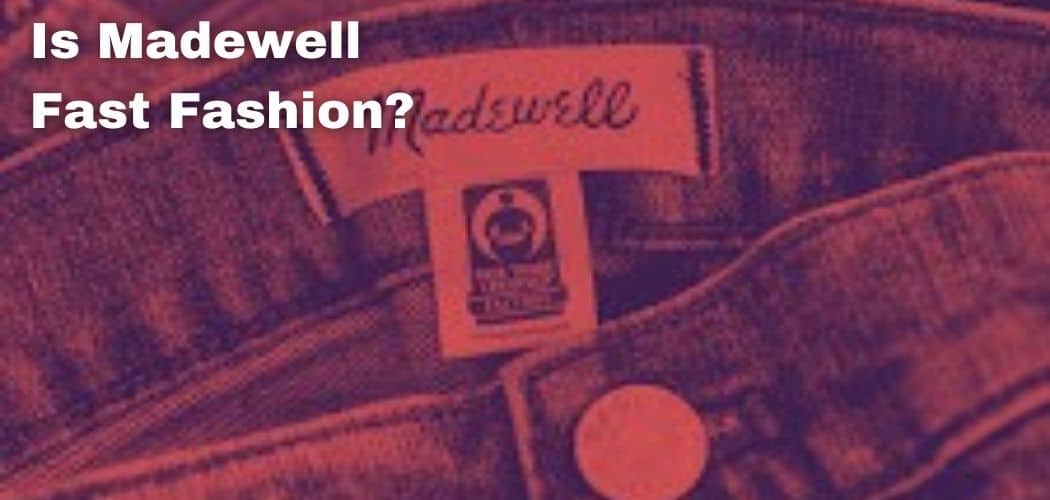Sustainable fashion, often known as eco-fashion, is a broad phrase that encompasses goods, processes, activities, and players (policymakers, businesses, and consumers) working toward a carbon-neutral fashion sector founded on equity, social justice, animal care, and environmental integrity.
Fashion textiles and goods are only one aspect of sustainable fashion. It looks at the entire process of garment production, including who makes it and how long a product lasts before it ends up in a landfill.
By minimizing greenhouse gas emissions, this sustainable movement helps combat the fashion industry’s and fast fashion’s significant carbon footprint.
Reduced fashion’s environmental impact can help combat air pollution, water pollution, and general climate change, perhaps saving millions of lives over the next century.
Sustainable fashion considers fashion from the viewpoints of a wide range of stakeholders, ranging from current clothing producers and customers to future clothing producers and consumers.

The sustainable fashion revolution believes that the fashion industry has a clear chance to act sustainably, seeking profit and growth while also producing new value and deeper riches for society and, as a result, the global economy.
They believe that management should prioritize ecological, social, and ethical advances in clothing companies.
Sustainable fashion’s purpose is to promote healthy ecosystems and societies through its activities.
These include raising the practicality of local production and commodities, extending the lifespan of resources, and adding value to timeless clothing.
Other principles of the sustainability movement are decreasing waste and lowering the environmental impact caused by production and consumption.
One of the goals of the sustainable fashion movement is to educate people about ecologically friendly buying behavior by encouraging green consumerism which helps the brand get more support and a wider audience.
One of the most obvious reasons for the fashion system’s current problematic state is related to the materialistic characteristics of fashion.
This refers to the constant inflow of new commodities onto the market, or what is commonly referred to as “fast fashion.”
Analysis of all existing fashion brands regarding their sustainable and ethical practices is necessary to promote sustainable culture in the fashion industry.
J.Crew Group is a multi-brand, multi-channel specialty retailer based in the United States. Swimwear, loungewear, purses, jeans, outerwear, sweaters, dresses, suiting, jewelry, and shoes are among the products offered by the brand for all ages and genders.
J.Crew purchased the rights to the Madewell brand in 2004, a failed workwear business founded in 1937.
They began using the moniker in 2006 as “a modern-day rendition” of their main brand, which was aimed at younger women than their main brand.
In recent years, Madewell has dominated the worldwide garment market. Madewell is now available in more closets than ever before, thanks to the addition of menswear.
Because of the “casualization” of fashion, the brand, which is geared at a younger demographic of 20-30-year-old women, has since surpassed J.Crew in revenue and appeal.
Does Madewell use child labor?
Madewell does have a Supplier Code of Conduct that addresses core freedoms such as:
- There will be no forced or underage (child) labor
- There will be no discrimination, harassment, or abuse of any gender
- Ensuring payment of the legal minimum wage
- Fair working hours, freedom of association, and a hazard-free environment
However, according to third-party audits, only 40% of facilities are fully compliant with the code of conduct.

Another 56% have insignificant or average problems, while the remaining 4% have major safety or labor difficulties.
Is Madewell ethically produced?
Madewell’s denim is likely its most well-known product, and some of these jeans are created in a sustainable manner.
As of 2021, 58% of Madewell’s denim is Fair Trade. They have a denim line made by Saitex, a B-Corp-certified plant that is both Blusign and Fair Trade accredited.
The firm recycles 98% of its water, employs renewable energy, and dries its jeans by air.
The poisonous residue produced during the manufacturing process is then combined with concrete at an adjacent brick factory.

This ensures that it is no longer harmful to the environment while also assisting in the construction of affordable housing.
In collaboration with Cotton’s Blue Jeans Go GreenTM, Madewell even has a denim recycling system. Any brand of old, unwearable jeans can be recycled into house insulation at a Madewell store.
Madewell has put forward some sustainability objectives, which are as follows:
- Fabrics: Madewell wants all of its “essential fibers” to be sustainably produced and devoid of virgin plastic by 2025.
- Packaging: Right now, Madewell makes use of a lot of plastic, but by 2025, they aim to have all of their packagings be “responsibly sourced and free of virgin plastic.”
- Carbon neutrality: By 2030, they want to be carbon-neutral.
What kind of brand is Madewell?
Madewell is not exactly an ethical brand.
Madewell does utilize some better materials, such as sustainable sources of cotton and Tencel, but the majority of their fabrics, such as virgin synthetics and traditional rayon/viscose, are still not very eco-friendly.
According to their Do Well Report, 44% of their cotton is organic, 4% of their synthetic fibers are recycled, and 25% of their cellulosic fibers are supplied sustainably.
The latest Do Well Report can be found here: Madewell – Do Well Report

Madewell also utilizes wool, but it does not specify how much of it is recycled or responsibly sourced.
Such sustainability goals are a wonderful start, but Madewell’s goods aren’t particularly eco-friendly right now.
There’s also little indication that they’re now cutting overall water usage, reducing or eliminating toxic chemicals, or lowering carbon emissions.
In recent years, Madewell has demonstrated a dedication to ethical and environmental operations.
It lacks supply-chain transparency, however, and has yet to make a serious effort to meet all workers’ living wage concerns.
Madewell’s principles appear to be well-intentioned yet lacking in integrity.
We will have to see if Madewell’s efforts are sincere and if they will be effective in cleaning their reputation from the global supply chain’s brief but tumultuous history.
There is a lot to be desired right now. At the very least, the corporation is aggressively expressing its intention to right its wrongs.
Where does Madewell source their clothes?
Madewell sources only small quantities from the USA rather they source 85 % from non-US supply chains, where 55% of their merchandise is being sourced from Hong Kong and China. It also recycles the jeans and has arrangements for fair trade certified jeans.
